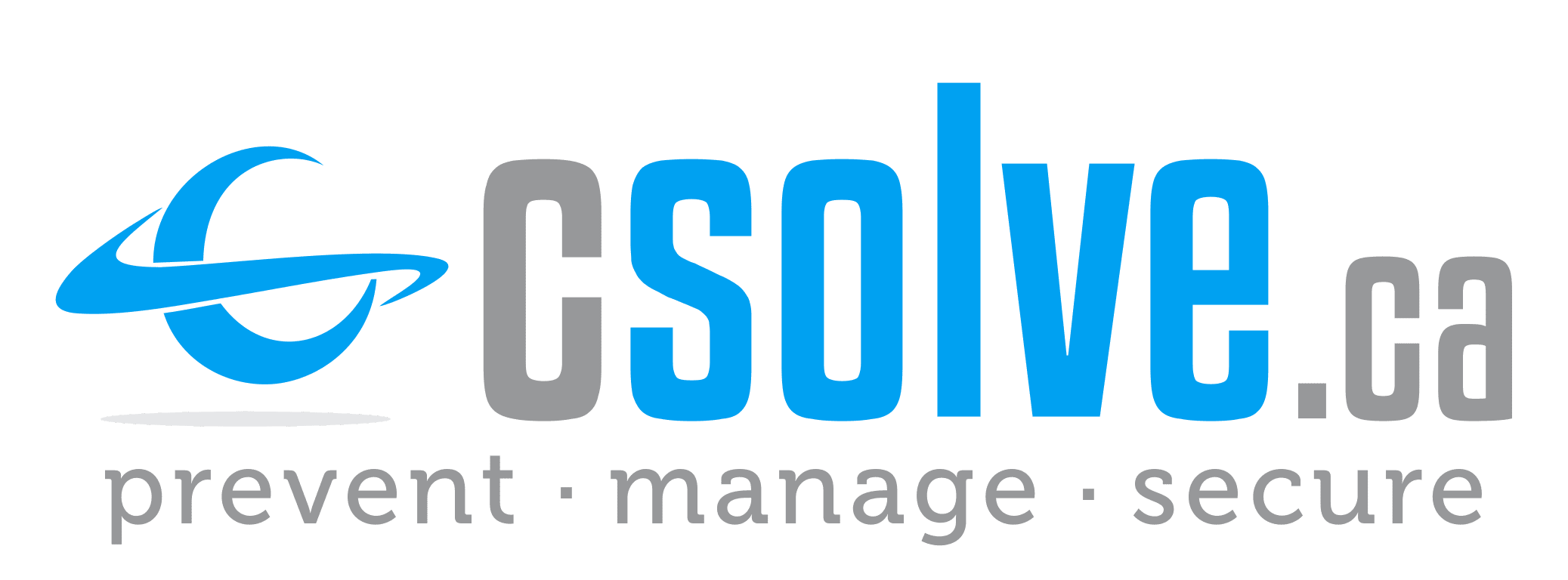
- Identifies the top IT issues Canadian small businesses face in 2025, from cyberthreats to outdated systems and scattered tools.
- Offers real-world solutions like co-managed IT, cloud cost control, and smarter software integrations.
- Encourages long-term planning over reactive fixes—making IT easier, not harder, for growing teams.
Technology is at the heart of how most small businesses operate today. From emails and payment systems to remote work and customer data, everything ties back to IT. But for many small Canadian businesses, managing technology feels like juggling with blindfolds on, especially as the pace of change ramps up in 2025.
There’s no shortage of tools or advice out there. What’s missing is clarity. Between shrinking budgets, rising cyberthreats, and mounting pressure to “keep up,” it’s easy for owners and managers to feel overwhelmed.
1. Staying Ahead of Constant Change
New platforms, frequent updates, changing regulations, and it’s easy to feel like you’re playing catch-up. Small business owners don’t have time to monitor every shift in tech. But ignoring changes isn’t an option either.
The problem isn’t a lack of tools. It’s knowing what to focus on. A simple solution? Set aside time a few times a year to review the tools your team uses. Identify what’s working, what’s outdated, and what needs attention. With the right support, that process becomes part of routine maintenance, not a constant source of stress
2. Cyberthreats Keep Evolving
Phishing scams, ransomware, and social engineering tactics are growing more advanced. The challenge isn’t just stopping an attack. It’s building a security setup that reduces risk and helps you recover quickly if something does go wrong.
That starts with endpoint protection to defend devices and users from malicious files or links. Add in DNS-level filtering to block suspicious sites before they load. Layering these tools creates a stronger safety net.
Just as important is training. Even basic awareness, how to recognise phishing emails or avoid shady links, can drastically reduce successful attacks.
Security doesn’t mean perfection. It means making it harder for attackers to succeed, and easier for you to bounce back if they do.
3. Remote and Hybrid Work Environments
Work looks different from what it did a few years ago. Employees now log in from offices, homes, airports, and everywhere in between.
The trouble comes when devices, access policies, and support systems aren’t consistent. Without a clear setup, remote staff run into problems fast. And when they do, they need help that works wherever they are.
Supporting this new landscape starts with tools that work across locations, like cloud-based collaboration platforms and secure document sharing. Access control is also key. Employees should be able to get what they need, without exposing the business to extra risk.
It also helps to have remote support in place. That way, when something breaks or slows down, the fix is only a quick session away, not a full day of delays.
4. When IT Becomes Reactive Instead of Strategic
Most small businesses start with a “just enough” approach to IT, maybe one tech-savvy employee or part-time support. As needs grow, that limited setup gets stretched thin. Without backup, even small problems can create big delays.
On top of that, many tech decisions happen only when something breaks: a server crashes, a new employee starts, or a tool stops working. Over time, that reactive approach leads to a disjointed tech environment that’s tough to manage.
The fix isn’t always hiring more staff. Co-managed IT, where internal staff handle what they know and outside experts support the rest, is a flexible way to scale without overloading anyone.
Long-term, what matters is having a plan. It doesn’t have to be complicated. Just a clear sense of what tools you’re using, what needs to be updated, and what your future needs might look like. With that in place, you can budget smarter, solve problems faster, and make decisions that actually support your business, not just patch holes in it.
5. Legacy Systems Holding You Back
Outdated hardware and software are more than just slow; they’re risky and expensive to maintain. However, many small businesses hang onto old systems because upgrades feel costly or overwhelming.
The real cost isn’t in replacing equipment. It’s in what old systems prevent you from doing. They crash more. They don’t support new tools. They create security gaps.
Rather than waiting for a breakdown, plan for upgrades over time. Start with the most used devices or systems and replace them in phases. Many businesses also move key services to the cloud, reducing dependence on local servers or aging machines.
Gradual improvements are easier to budget and far less disruptive than emergency fixes.
6. Too Many Tools, Not Enough Connection
It’s easy for small businesses to end up with a collection of tools that were added one by one over the years, payroll, scheduling, customer tracking, marketing, each with its own login, system, and process. The result? A bloated tech stack that doesn’t work together.
This lack of integration makes day-to-day work harder. Reports don’t sync. Data gets lost. Staff waste time copying and pasting between platforms. Even worse, key information ends up scattered across systems, leaving decision-makers without a clear view of what’s going on.
The solution isn’t always buying more software. Start by reviewing what you already have. Are there tools doing the same job? Can any platforms integrate? Many offer built-in features that reduce silos with just a few clicks.
A lean, well-connected set of tools, supported by shared dashboards or consolidated reporting, can save hours of manual work and give you real insight into your business.
7. Managing Cloud Costs and Complexity

Cloud solutions have become more accessible than ever, but they’re not set-it-and-forget-it. Many businesses adopt them thinking they’ll save time or money, only to be surprised by billing spikes or technical limitations.
The truth is, cloud platforms need active management. Usage, licensing, and data storage can quickly creep beyond what you planned if left unchecked.
To keep things on track, make sure you have visibility into what you’re using and what it’s costing. Many platforms offer built-in tools to track usage. Others may require outside help to sort through billing or optimise performance.
Planning a hybrid approach, where some things stay local and others move to the cloud, can also give you the best of both worlds, especially if your internet connection or team structure isn’t fully cloud-ready.
8. Adapting to New Tools Like AI
AI has moved beyond the hype and into real business use. Tools like Microsoft Copilot are changing how businesses write, analyse, and communicate. But adopting AI isn’t about keeping up with the hype, it’s about knowing where it actually helps.
Some teams are already using AI to summarise emails, draft proposals, or identify patterns in spreadsheets. Others are just starting to explore it.
If you’re considering AI tools, look for ones that integrate with what you already use. Most importantly, focus on practical benefits, saving time, reducing repetitive work, or helping staff do more with less.
Like any tool, AI works best when it solves a real problem. Not when it’s added just to feel modern.
Solving IT Problems Starts With Looking at the Whole Picture
Small businesses across Canada face plenty of IT challenges in 2025, but most of them don’t require massive budgets or complicated fixes. They just need a realistic, thoughtful approach.
That means understanding your current setup, identifying gaps, and getting help where it makes sense. Whether you’re dealing with outdated systems, disconnected tools, growing cybersecurity threats, or cloud complexity, the first step is clarity.
From there, smarter decisions follow.
At Compu-SOLVE Technologies Inc., we provide expert support that fits your business, no pressure, no jargon, and no one-size-fits-all approach. Reach out today to start a conversation. Let’s make technology easier, together.



